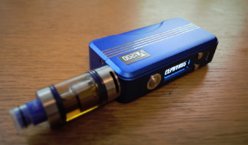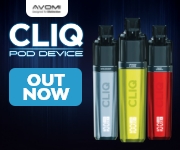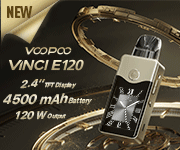Bought myself the HCigar DNA200 and I'm in love! Temperature control finally 'makes sense', in that the vape is far superior and far more 'tweakable' into your sweet spot than Kanthal. Before this I only had the eVic VT and the difference is niht and day. I've got a dual Ti build in the velocity (12 wraps, 24ga, 3.5mm ID) that barely got warm on the eVic. A one second 200w pre-heat followed by 100w for 200c and my jaw is on the floor at how good this is! The response is instant, the flavour incredible and the temperature just where I want it. Here's a pic of my new baby with the Zephyrus on:

Anyway, my main question is with Steam Engine profiles... I'm a little confused. So on the 'coil wrapping' tab, you can specify single coil, dual coil etc and look at what this does for resistance. There's no similar option in the wire wizard. You can specify single, parallel or clapton, but you can't specify single, dual, triple or whatever. Is this an oversight? Or is the resistance differential in a single coil setup the same when you increase the number of coils?
Cheers

Anyway, my main question is with Steam Engine profiles... I'm a little confused. So on the 'coil wrapping' tab, you can specify single coil, dual coil etc and look at what this does for resistance. There's no similar option in the wire wizard. You can specify single, parallel or clapton, but you can't specify single, dual, triple or whatever. Is this an oversight? Or is the resistance differential in a single coil setup the same when you increase the number of coils?
Cheers













